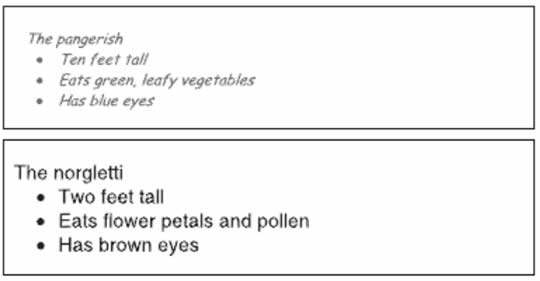Fancy Fonts Boost Recall

If you want someone to remember your information, should you use a simple, easy to read font or one that is more complicated and difficult to read? Most people would guess that simplicity is best; after all, we know that simple fonts convince better. Surprisingly, though, those who opted for simplicity would be wrong.
A Princeton study compared student retention of course material presented in both a simple font and more complex fonts, and found that retention was significantly better for the complex font.
Why is this? It appears that the additional effort required to read the complex fonts (also called “disfluent” fonts) leads to deeper processing, and ultimately better recall. The simple font tested was Arial; the complicated ones were Comic Sans Italic, Monotype Corsiva, and Haettenschweiler.
This study was conducted with the idea of enhancing recall in education environments, but the same concept might have some marketing applications. If you want a reader to remember something – a phone number, for example, or the key advantage of your product vs. its competition – making her brain work a little harder to read it might well produce a more persistent memory.
I don’t think I’d start setting long paragraphs of ad copy in Monotype Corsiva just yet, though. We know that people associate much greater effort with disfluent fonts, and seeing a dense block of text in a hard to read font might dissuade the viewer from even attempting to read it. Or, the reader might start the text but give up sooner than if it had been in a simpler font.
Used sparingly, though, a difficult font might be one way to boost recall of important marketing information.
The paper Fortune favors the Bold (and the Italicized): Effects of disfluency on educational outcomes, by Connor Diemand-Yauman, Daniel M. Oppenheimer, and Erikka B. Vaughan, appeared in Cognition.
